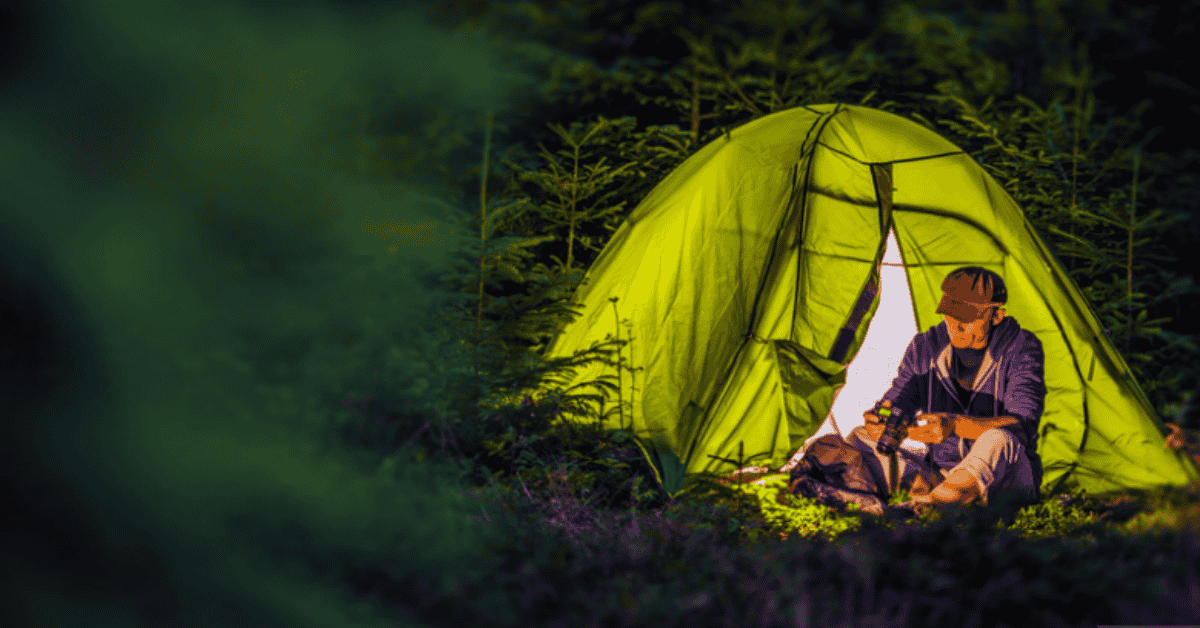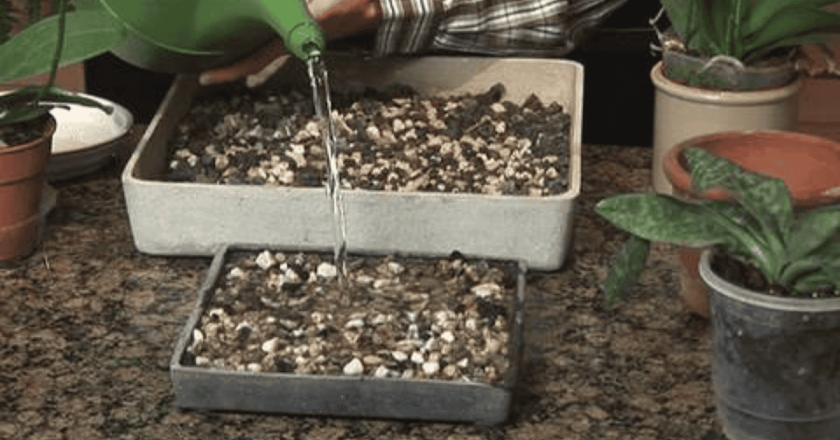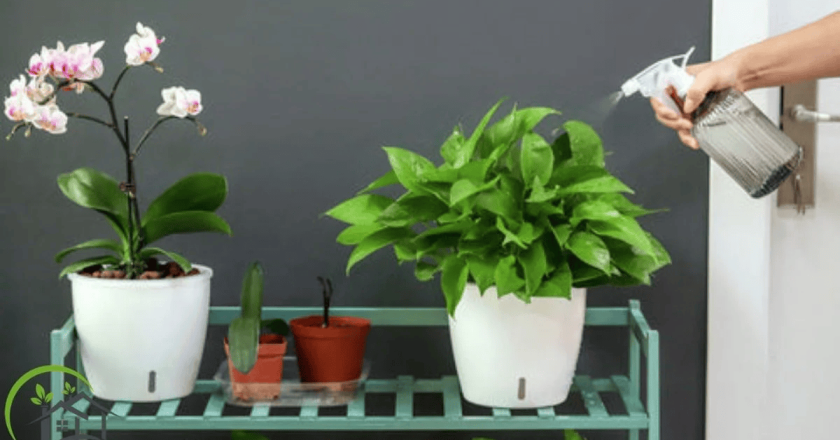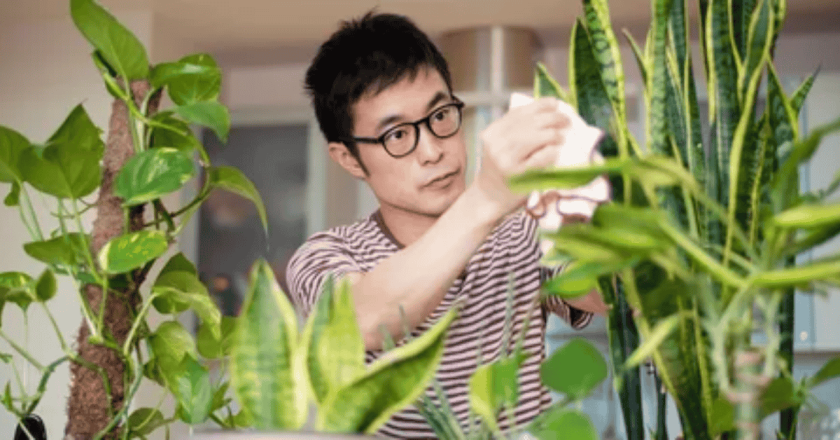Creating an indoor jungle is something many plant lovers dream about. There’s just something so satisfying about walking into a room and being surrounded by greenery. But here’s the thing—I think a lot of people, myself included at one point, fall into the trap of overcrowding. You know, cramming plants into every corner until the space feels more like a greenhouse than a cozy living area. So, how do we get that lush, vibrant indoor jungle without it feeling chaotic? Well, let’s dive into it.
Why Indoor Jungles Are So Appealing
Honestly, the appeal of an indoor jungle goes beyond just aesthetics. Yes, it looks amazing on Instagram—or maybe that’s just me scrolling endlessly—but there are other benefits too. Plants can improve air quality, boost your mood, and even make you more productive. It’s no wonder people are transforming their living rooms into mini rainforests.
But here’s a little truth: creating an indoor jungle isn’t just about buying every plant you see on a shopping trip. The goal is to cultivate a space that’s alive yet breathable. I’ve found that when done right, an indoor jungle can feel expansive rather than cramped.
Choosing the Right Plants
The first—and perhaps most crucial—step in creating your indoor jungle is picking the right plants. Not every plant belongs in every space. Consider light availability, humidity, and how much care you can realistically provide.
Some personal favorites for a balanced indoor jungle are peace lilies and snake plants. I mean, who doesn’t like a plant that’s both elegant and low-maintenance? If you’re thinking of adding a bit of height and drama, oversized plants can make a statement without overwhelming the space—check out this list of 20 oversized indoor plants.
Bathrooms are often overlooked when it comes to indoor jungles, but they can be perfect for moisture-loving plants. For ideas, you might want to see 33 best plants for your bathroom. I personally added a small fern and a spider plant in my bathroom, and it completely changed the vibe.
Understanding Space and Flow
I think this is where many indoor jungle enthusiasts stumble. There’s a delicate balance between lushness and clutter. A good tip is to think of plants as part of your room’s furniture. Each plant needs “breathing room,” otherwise your indoor jungle might feel more like a pile of foliage.
Layering plants can help, too. Tall plants at the back, mid-sized in the middle, and trailing or small plants in front. Oh, and hanging plants! They’re perfect if you’re short on floor space. You can also experiment with plant stands—just make sure not to overdo it. I once tried stacking plants three high on a single stand… let’s just say it was a disaster.
Mixing Textures and Colors
Another subtle trick for a lively indoor jungle is mixing textures and colors. You don’t want everything to be the same shade of green; it can look flat. Some glossy leaves, some matte, a few variegated patterns—it all helps make the space feel vibrant.
You could, for instance, pair the structured leaves of a snake plant with the soft, drooping leaves of a fern. Or try a money tree for a pop of interest. The juxtaposition keeps your eyes moving and prevents the jungle from feeling like a wall of green.
Consider Plant Care
Okay, let’s be honest—sometimes indoor jungles fail because people underestimate the care needed. Some plants require almost daily attention, while others are more forgiving. For low-maintenance options, you can check out 35 low-maintenance plants that will thrive.
Personally, I like a mix. A few attention-grabbing high-maintenance plants, like a Christmas cactus, alongside hardy ones like snake plants. It gives you that indoor jungle feel without constant worry.
Plan Your Layout
Here’s where I always pause and sketch a little layout in my head—or on paper, if I’m feeling organized. Think about natural pathways through your indoor jungle. You want to be able to move around without knocking over plants or feeling cramped.
Grouping plants in odd numbers often works well. Three or five plants together can create a sense of abundance, but anything beyond that can look crowded. Also, don’t forget about vertical space. Shelves, wall-mounted planters, and hanging baskets all help expand your jungle upward rather than outward.
Light Matters
It may sound obvious, but light is crucial. An indoor jungle thrives when each plant gets the right amount of sunlight. Some plants love direct sunlight, while others prefer a shaded spot.
For example, peace lilies do well in lower light, while money trees need bright, indirect light. A mismatched light situation can quickly make your indoor jungle feel like a battle zone.
Indoor Jungle Tips for Small Spaces
Small apartments? Don’t worry. You can still have a jungle without it feeling like a claustrophobic nightmare. Hanging plants, terrariums, and narrow plant stands are lifesavers here.
Also, consider rotation. Moving plants around every few weeks not only gives them better light but also keeps the layout fresh. I once rotated my plants in the living room, and it felt like a completely new space. Honestly, it’s amazing how a little shuffle can make the jungle feel bigger.
Combine Indoor and Outdoor Inspiration
Sometimes, I like to sneak a peek at outdoor gardening ideas to inspire my indoor jungle. For instance, the best low-maintenance outdoor plants for busy gardeners can sometimes thrive indoors with a little care. Experimenting with these can add unexpected variety to your indoor jungle.
Office Jungles
And don’t forget workspaces! An indoor jungle can really boost productivity and mood. The 35 best office plants list is a great resource. I’ve tried a few of them myself, and there’s something oddly motivating about a little greenery staring back at you while typing reports.
Overcoming Overcrowding
Okay, here’s the tricky part. How do you actually prevent overcrowding? My advice: Less is more. Start with fewer plants, and gradually add more only if the space feels comfortable. You can always add another plant next month—your indoor jungle doesn’t need to explode overnight.
Spacing is key. Even leaving a small gap between plants can make the entire arrangement feel lighter and more breathable. Personally, I like to step back every once in a while, squint a little, and ask, “Does this feel like a jungle or a jungle gym?”
Indoor Jungle Maintenance
Regular maintenance keeps your jungle thriving. Pruning, dusting leaves, and checking for pests are simple tasks, but they make a huge difference. And yes, watering schedules matter—overwatering is a common culprit behind drooping leaves.
If you’re unsure about watering, guides like snake plant care or peace lily care are lifesavers.
Key Takeaways
-
An indoor jungle can transform your space, boost mood, and improve air quality—but overcrowding ruins the effect.
-
Choosing the right mix of plants, considering light, care needs, and textures, is essential for a thriving jungle.
-
Layering, vertical arrangements, and proper spacing help create a lush look without feeling cramped.
-
Low-maintenance plants like snake plants, peace lilies, and money trees make it easier to sustain your indoor jungle.
-
Regular maintenance, pruning, and occasional rotation keep your indoor jungle healthy, vibrant, and balanced.
Final Thoughts
Creating an indoor jungle is a journey, not a race. Take your time, experiment, and, most importantly, enjoy the process. There’s something deeply satisfying about nurturing a little patch of green indoors. And the best part? You don’t need to overcrowd to make a statement.
Your indoor jungle can be lush, vibrant, and still leave room for air, light, and breathing space. It’s about balance, patience, and maybe a little trial and error—but that’s half the fun.
So, start small, pick your favorites, and gradually let your indoor jungle grow. You’ll find that even a few well-placed plants can completely transform a room. And who knows? You might even discover your own style along the way.
FAQs
Q1: What is an indoor jungle?
A: An indoor jungle is a collection of indoor plants arranged to create a lush, green, natural-looking space inside your home or office.
Q2: How do I prevent overcrowding in an indoor jungle?
A: Give each plant enough breathing room, layer by height, use vertical space, and start with fewer plants—adding more gradually.
Q3: Which plants are best for a low-maintenance indoor jungle?
A: Snake plants, peace lilies, money trees, and Christmas cacti are excellent low-maintenance options for indoor jungles.
Q4: Can I have an indoor jungle in a small space?
A: Yes! Use hanging plants, terrariums, narrow stands, and rotate plants to maximize space without overcrowding.
Q5: How often should I water indoor jungle plants?
A: It depends on the plant type. For guidance, follow care tips for each species, such as snake plants and peace lilies.




